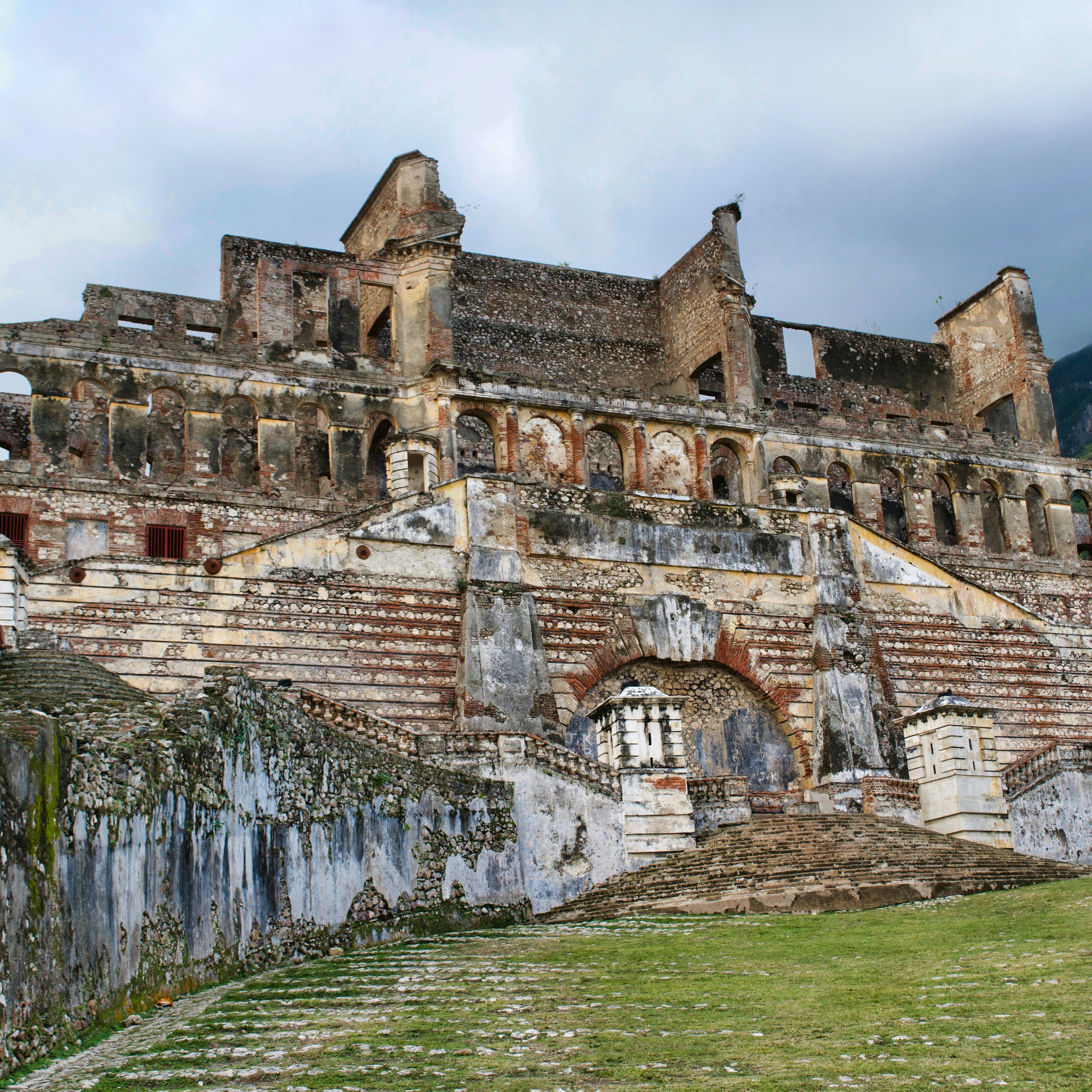

Shutterstock / Sylvie Corriveau
Overview
The most common phrase in Haiti might surprise you. It’s 'pa gen pwoblem,' and it translates to 'no have problem.' Haitians use it in a dizzying array of contexts: responding to thank-yous, asserting well-being, filling awkward silences. Despite Haiti’s well-documented struggles, exacerbated lately by natural disasters, proud Haitians use the phrase sincerely, conveying an uncanny ability to live in the moment and appreciate what they do have, which is quite a lot.
Plan your trip with Guide, an AI travel planner!
Create a personalized trip itinerary in seconds using artificial intelligence.
Must-see attractions
in partnership with getyourguide








